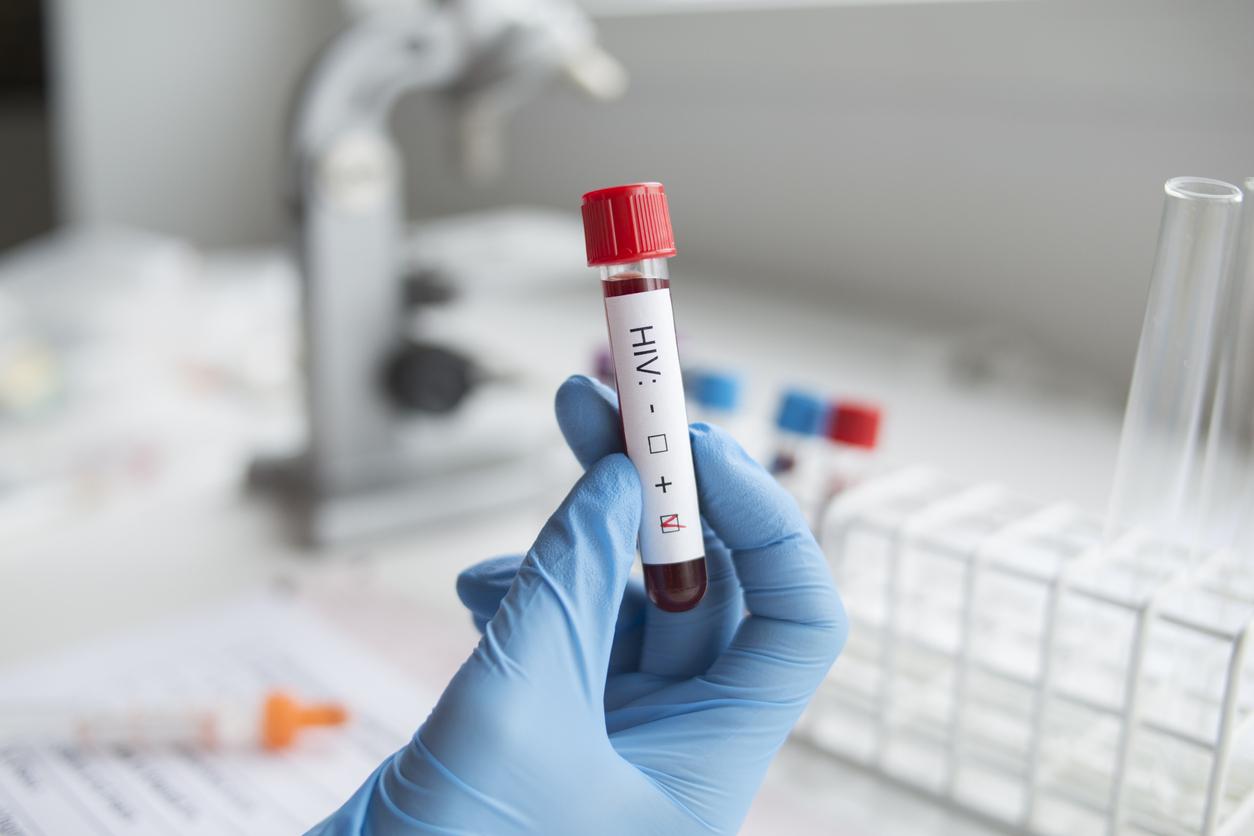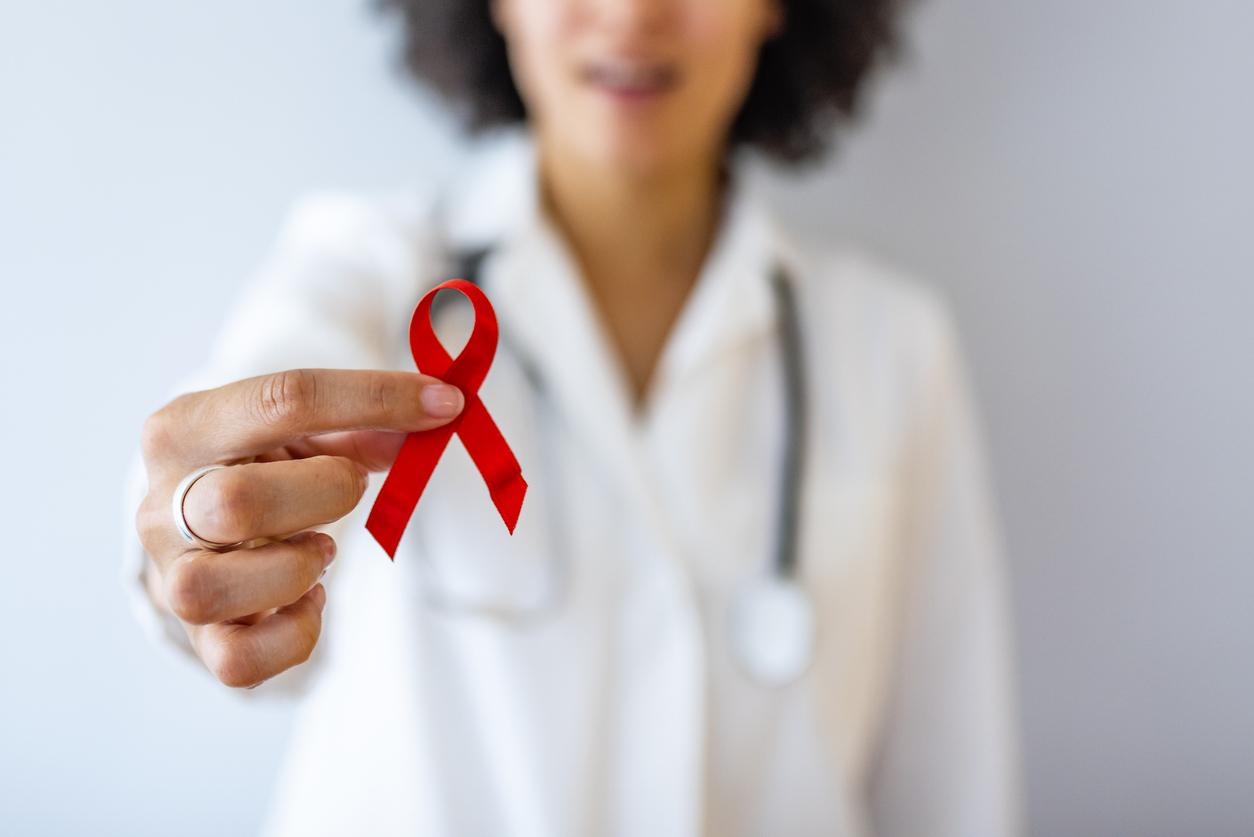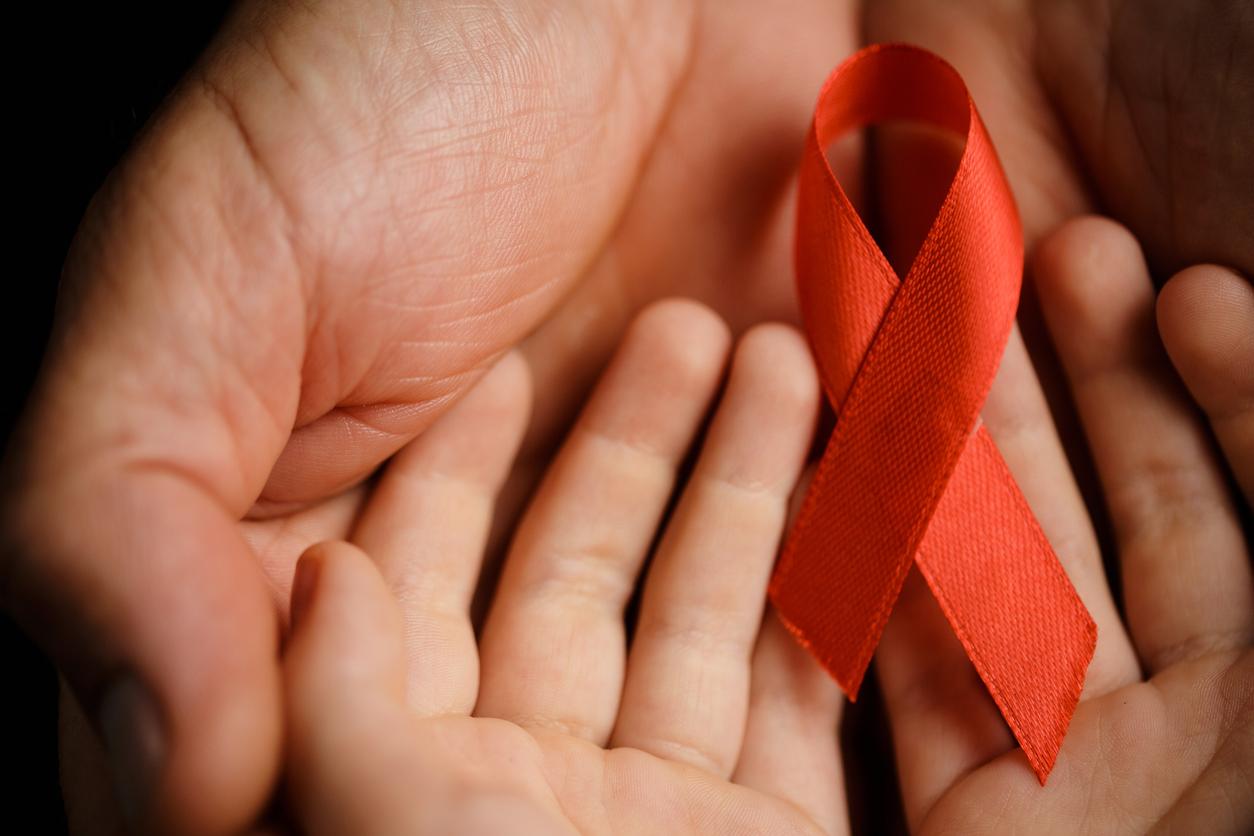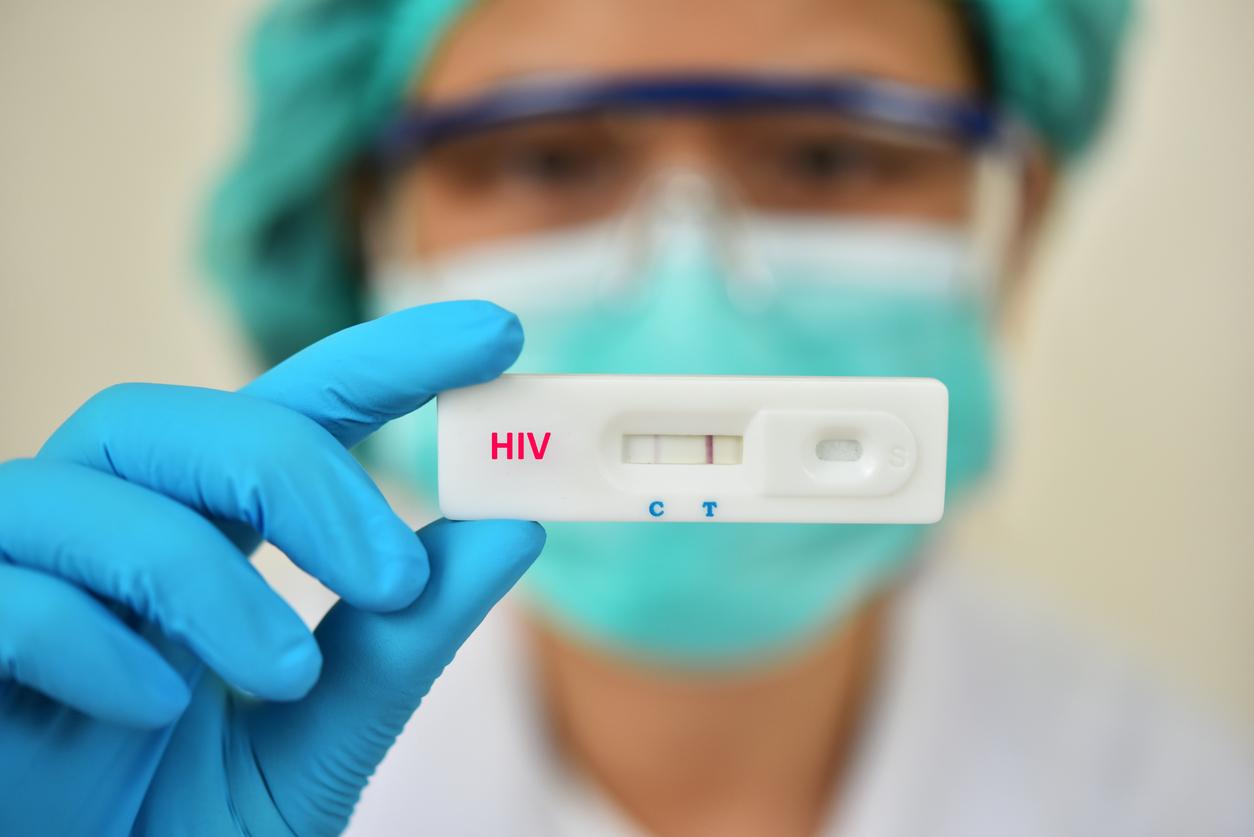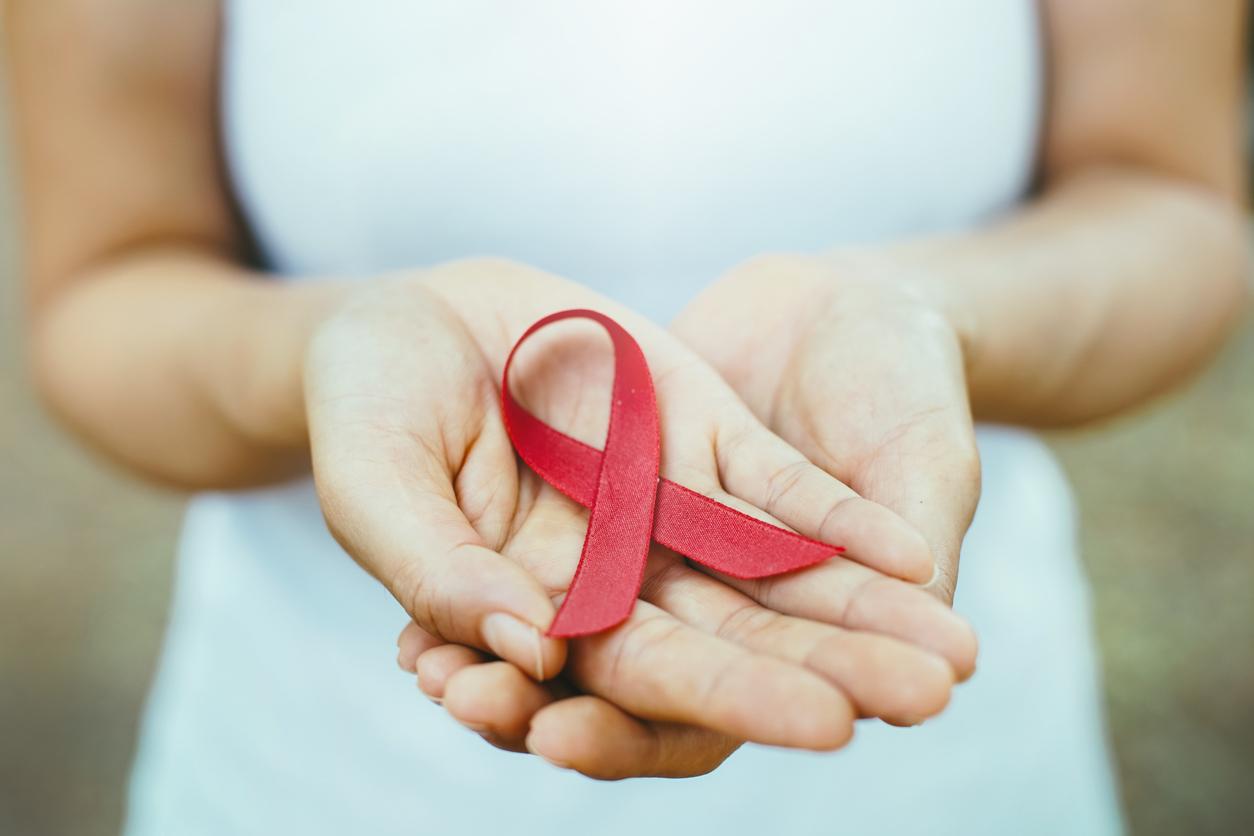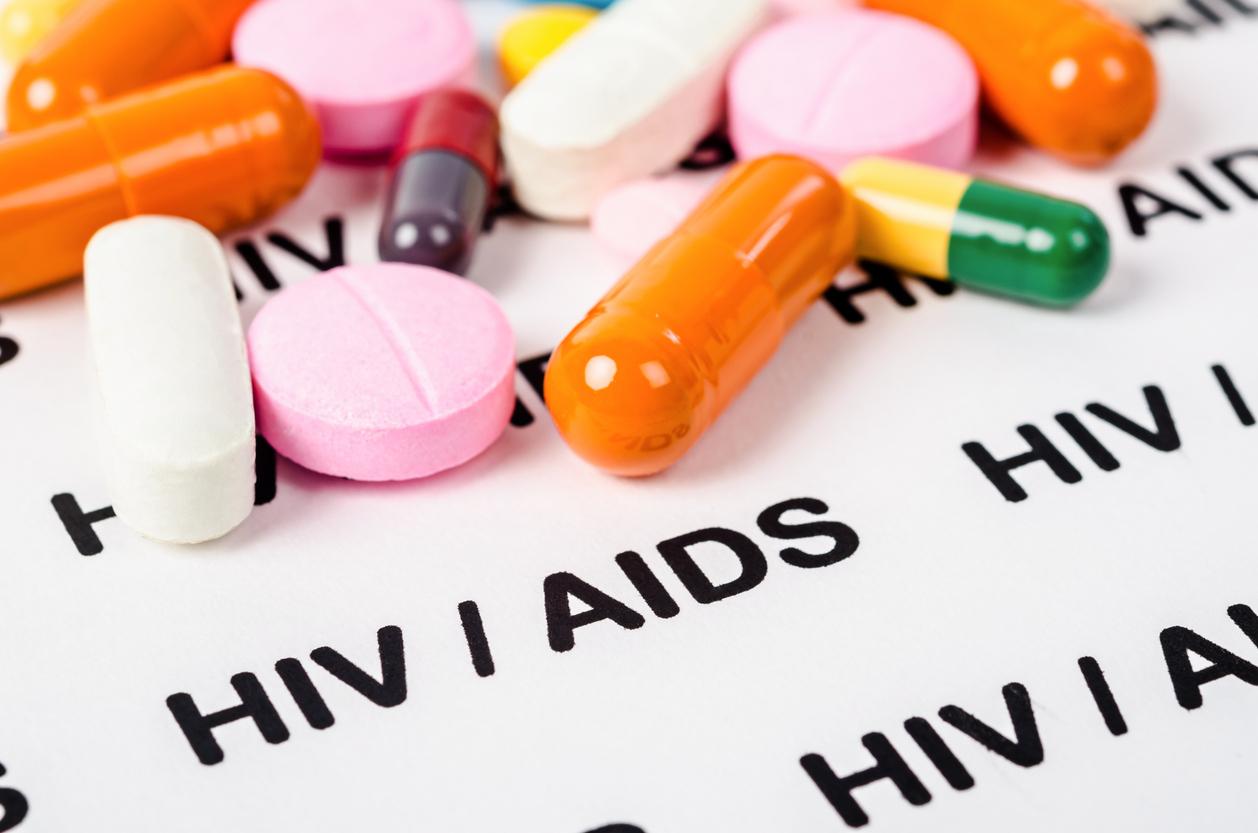The High Council for Public Health evaluated the national plan to fight HIV and other STIs for the period 2010-2014. The strategy needs to be refined.
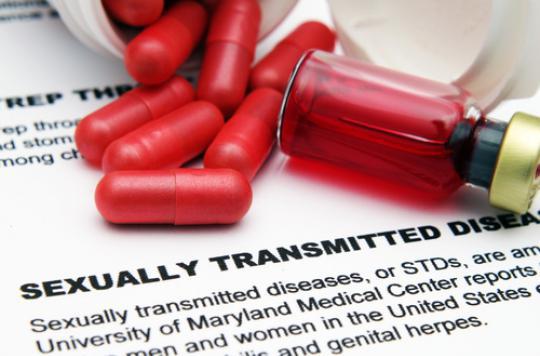
Can do better. This is, in essence, the conclusion of the report published today by the High Council of Public Health (HCSP), which assessed the “National Plan to Combat HIV-AIDS and Sexually Transmitted Infections (STIs) 2010-2014” – the fifth to have emerged in France.
Central pillars of public policy on STIs, these plans have enabled the “deployment of strategic guidelines and tools”. However, they did not always achieve their objectives. Thus, the last plan aimed to reduce by 50% the incidence of HIV infection, and the proportion of people discovering their seropositivity at the AIDS stage.
It also aimed to reduce the overall incidence (new cases) of gonorrhea, syphilis and papillomavirus infections, as well as the prevalence (total number of cases) of chlamydia and herpes infections.
Missed goal
However, it was not. In 2013, the number of diagnoses did not decrease: it remained stable compared to 2012 with 6,220 new cases. The incidence of HIV is stabilizing among heterosexuals and injecting drug users. Among MSM (men who have sex with other men), “it tends to increase”, remind the authors. However, diagnoses are made more and more early, which tends to reduce the proportion of people discovering their HIV status at the AIDS stage.
As for other STIs, the trend is “very marked” upwards for many of them – gonorrhea, syphilis. On the other hand – and this is a mistake – no device makes it possible to judge the evolution of the prevalence and incidence of chlamydia, nor of contamination by papillomaviruses and herpes, underlines the report.
“Despite a proactive policy, the drop in contamination has not taken place,” regrets the authors, who believe that if the plan has generally failed to meet its quantified objectives in terms of HIV, it is in particular that it has raised the bar. too high – and in the wrong place. “The quantified objectives of the plan were defined to be mobilizing. Ambitious, they had been defined independently of any modeling or prospective on the evolution of the epidemic. Thus, their relevance is questionable ”, we can read.
Update recommendations
The members of the High Council make several recommendations to improve the effectiveness of the plan and prevent new contamination. They therefore recommend “amplifying the approach by population: adolescents, students, migrants from highly endemic countries, MSM, populations in the overseas departments, trans populations, PSP, imprisoned populations”.
An effort should also be made to “improve awareness of the danger of psychoactive substances for sexual performance”, which appear to be gaining in popularity.
Moreover, given the presence of new methods of screening (by self-test available in pharmacies), treatment and combined prevention (with the arrival of PrEP), the rapporteurs are calling for a review of the recommendations by the HAS (High Authority for Health), and as soon as possible.
“The offer and practice of HIV screening but also the main STIs (syphilis, gonorrhea, Chlamydia infections and hepatitis) must be substantially increased in exposed populations thanks to a redefined policy adapted to regional contexts (populations, service offerings). prevention, screening and care) ”.
.







